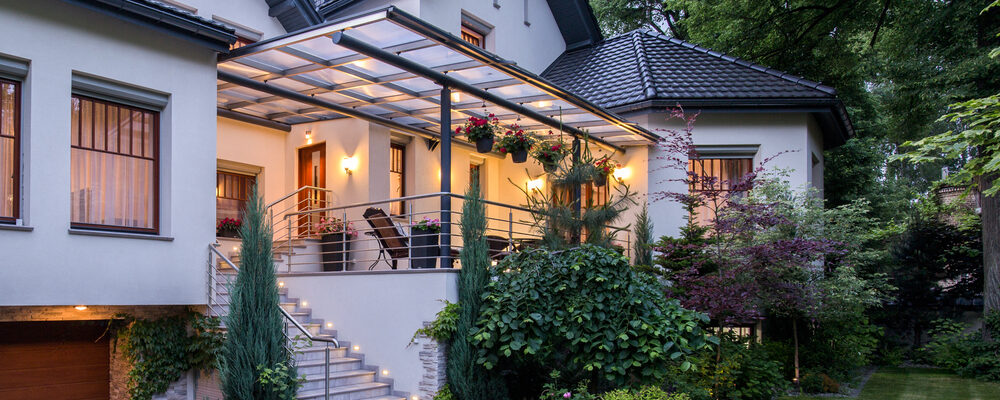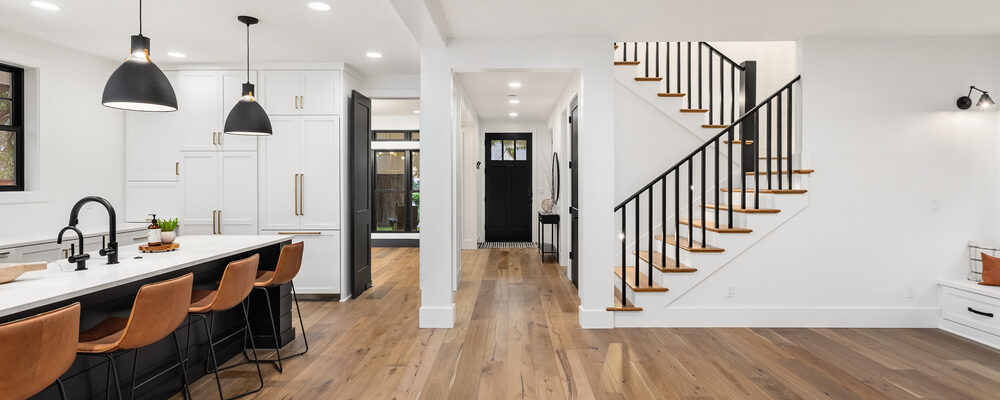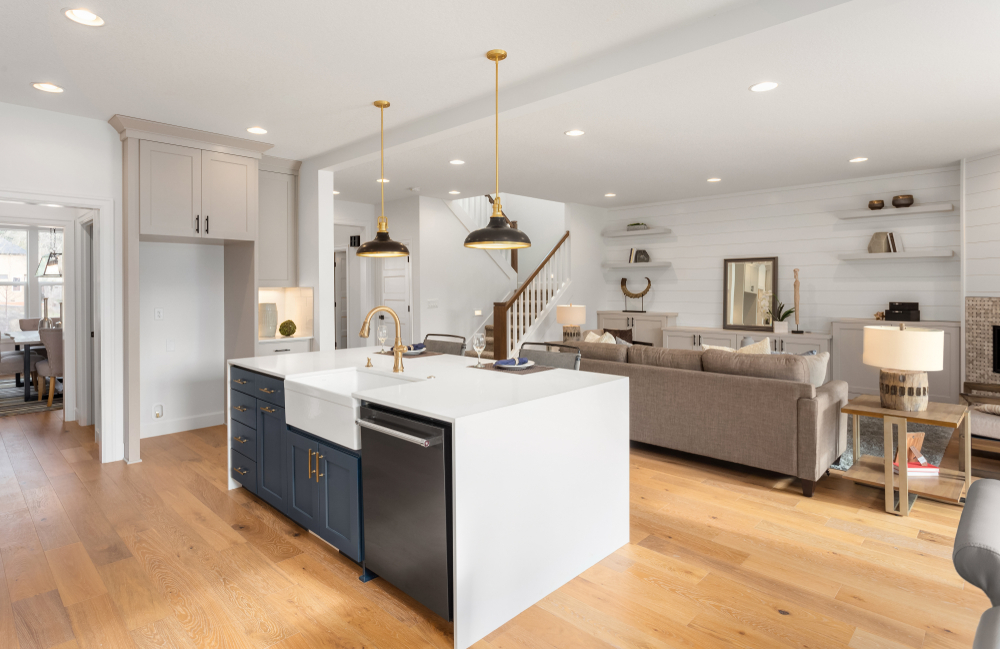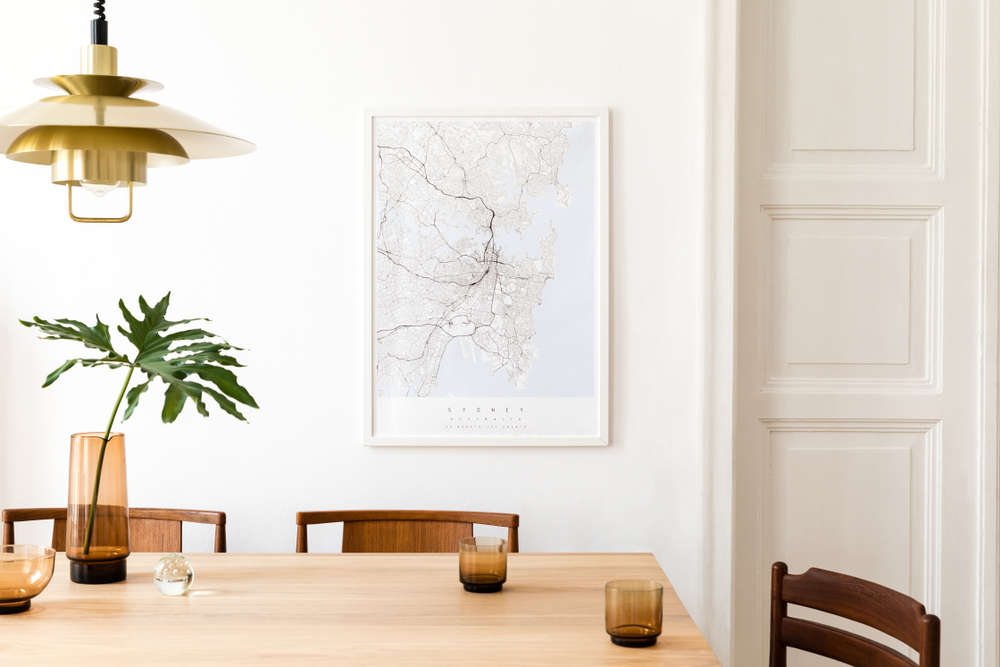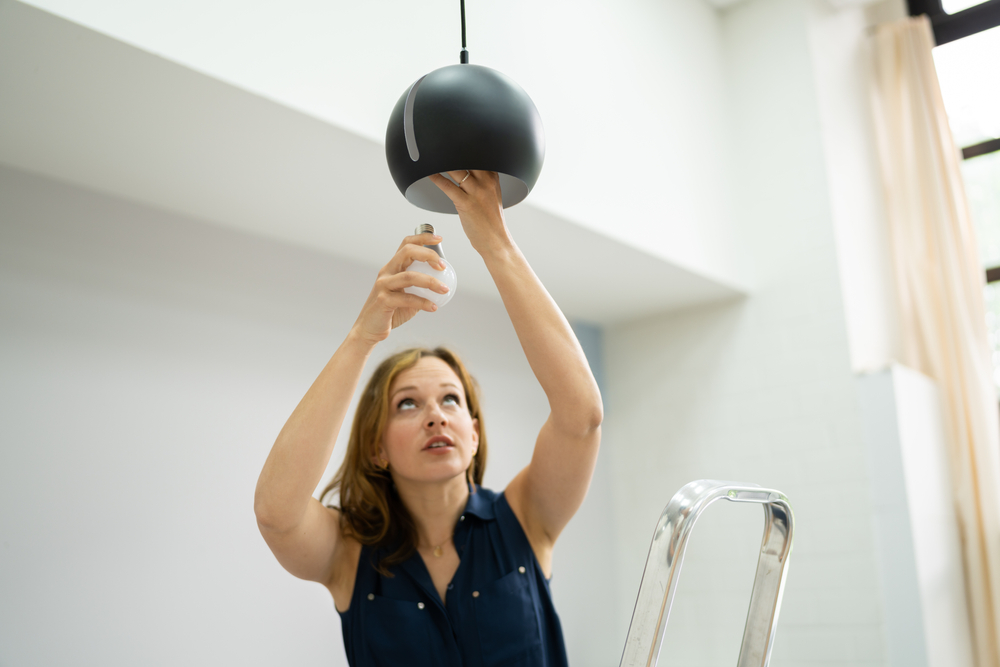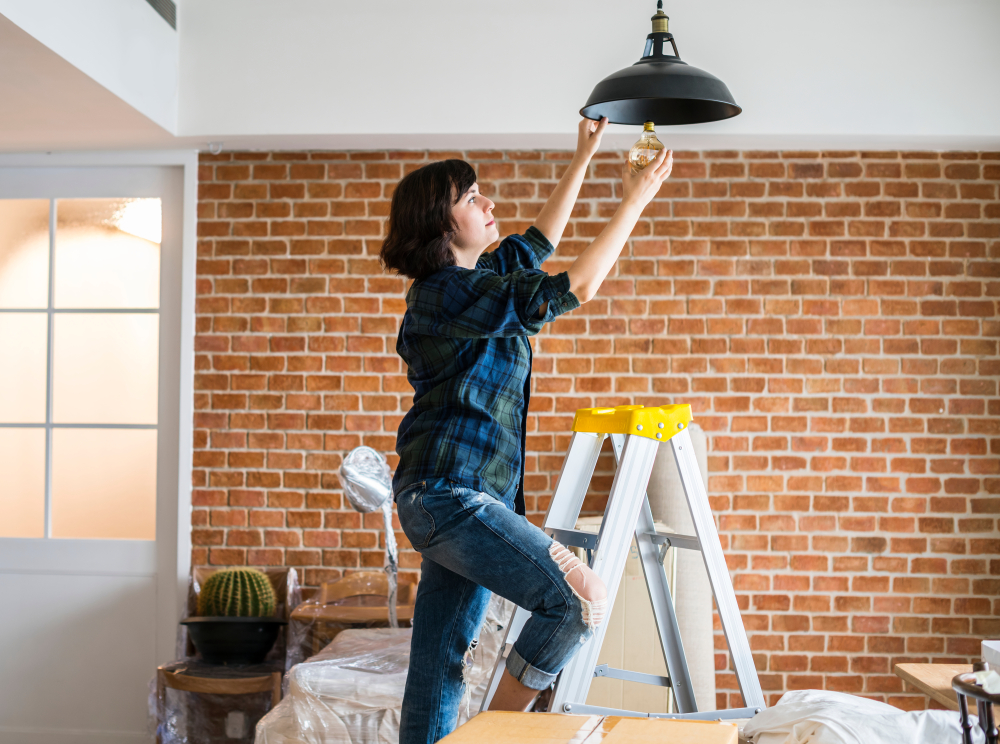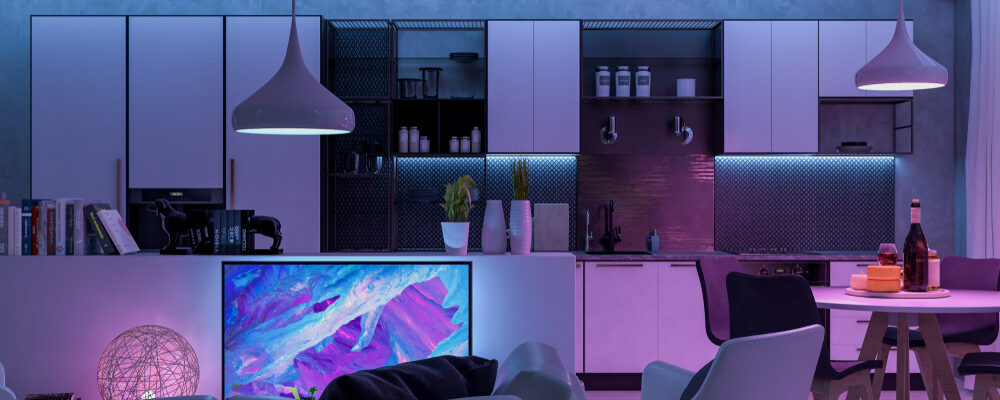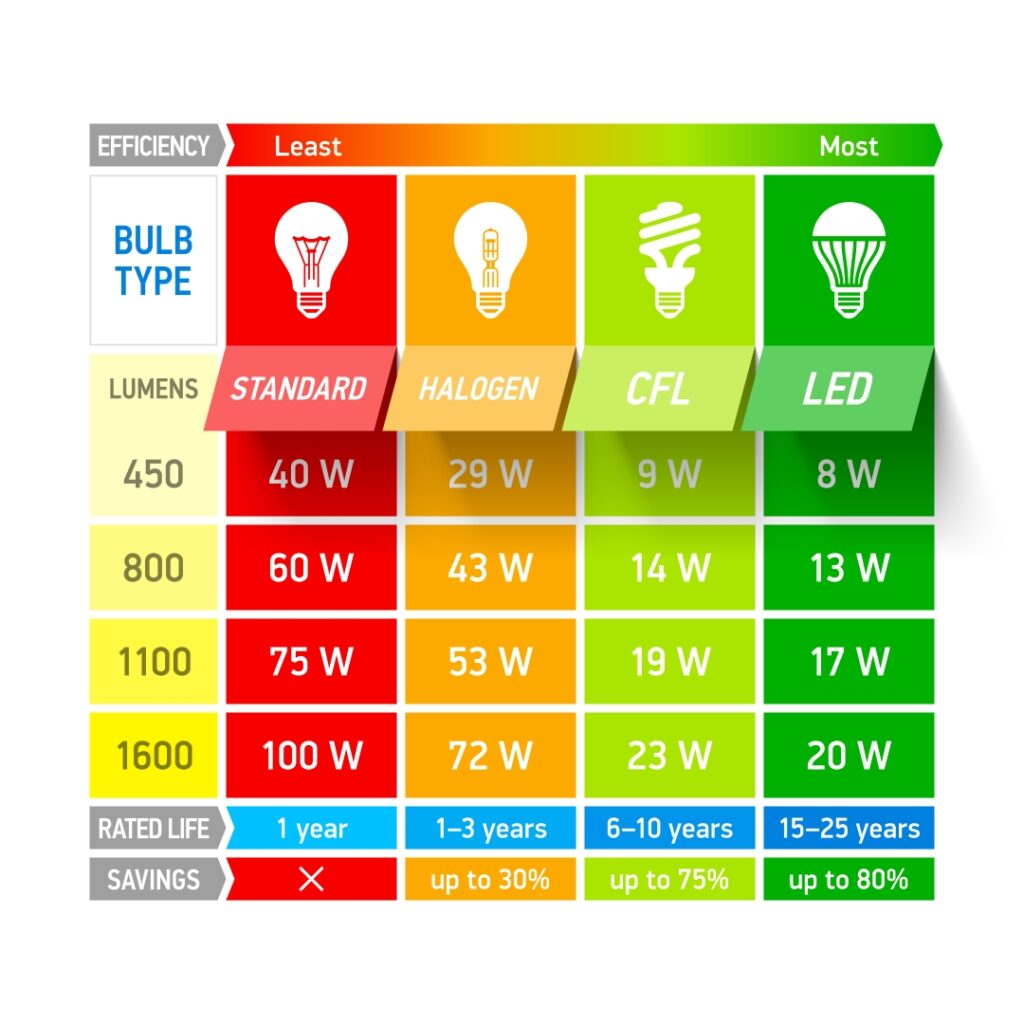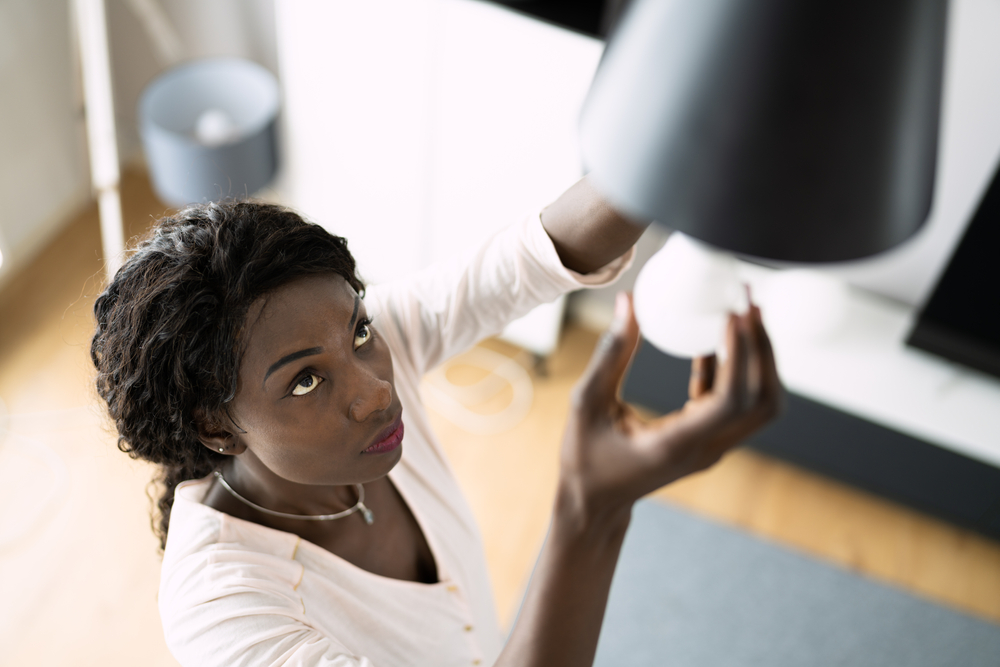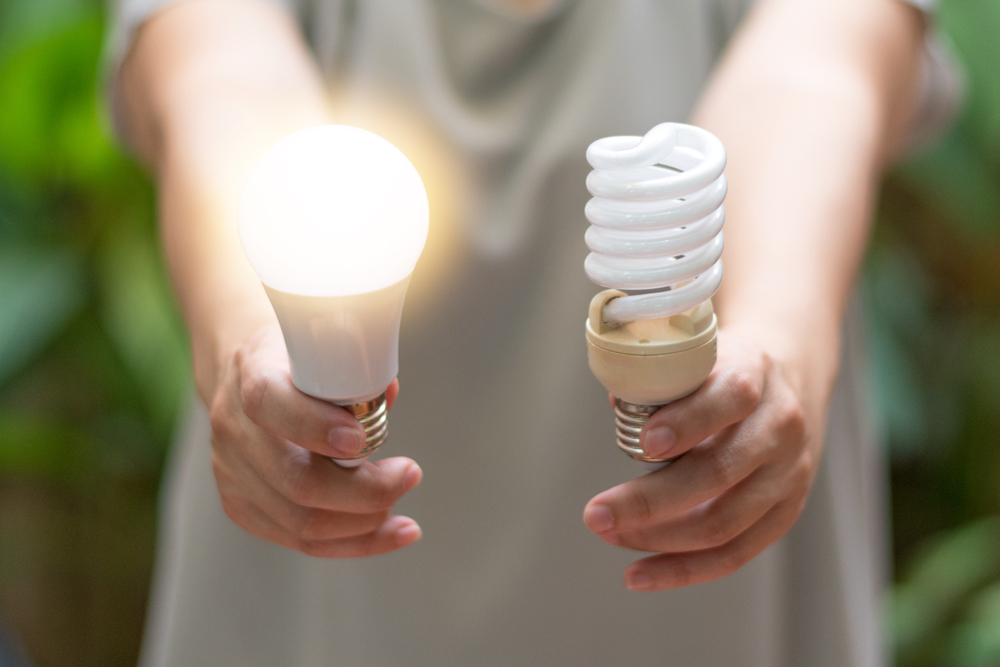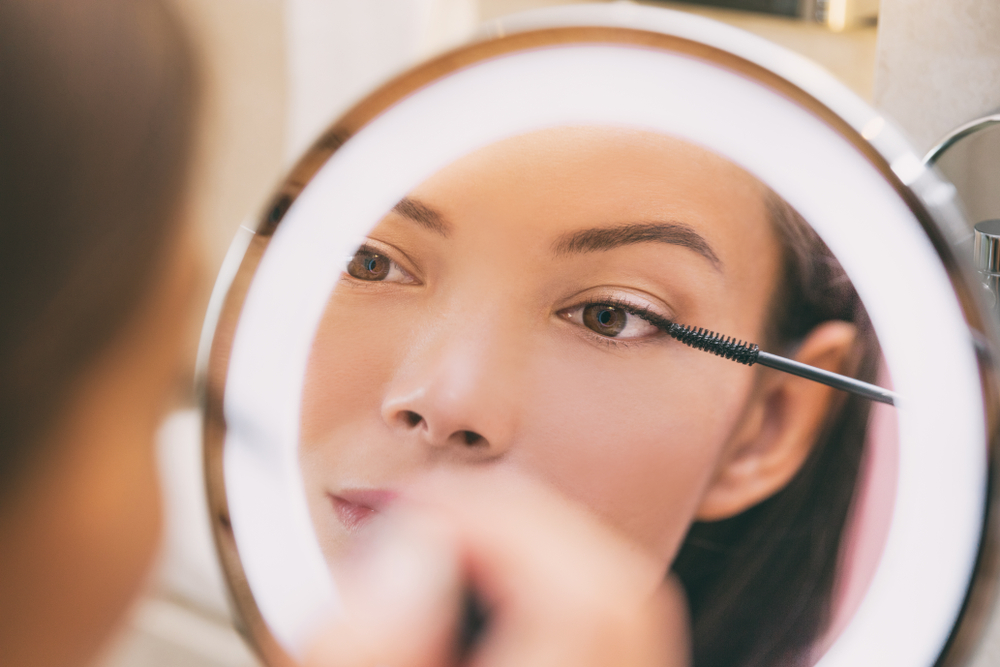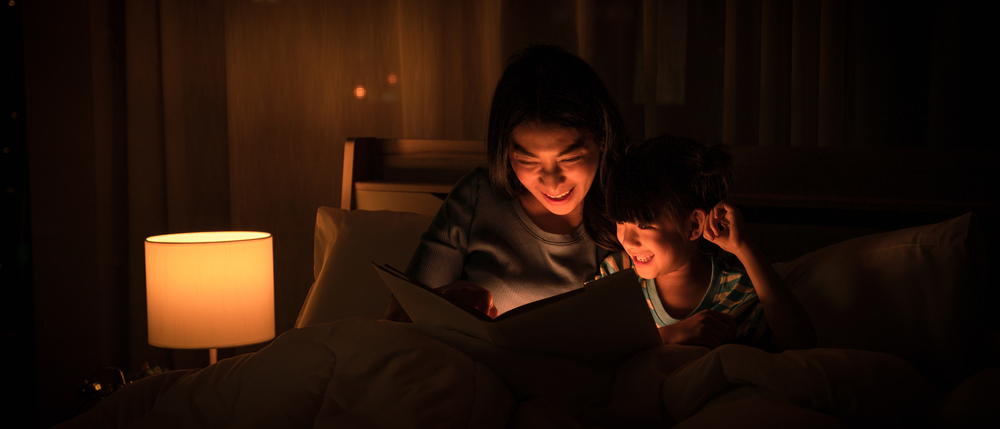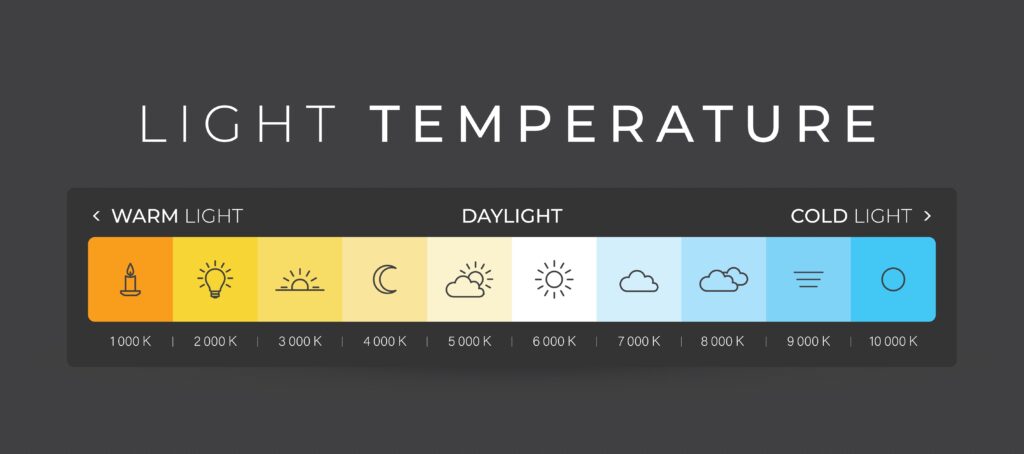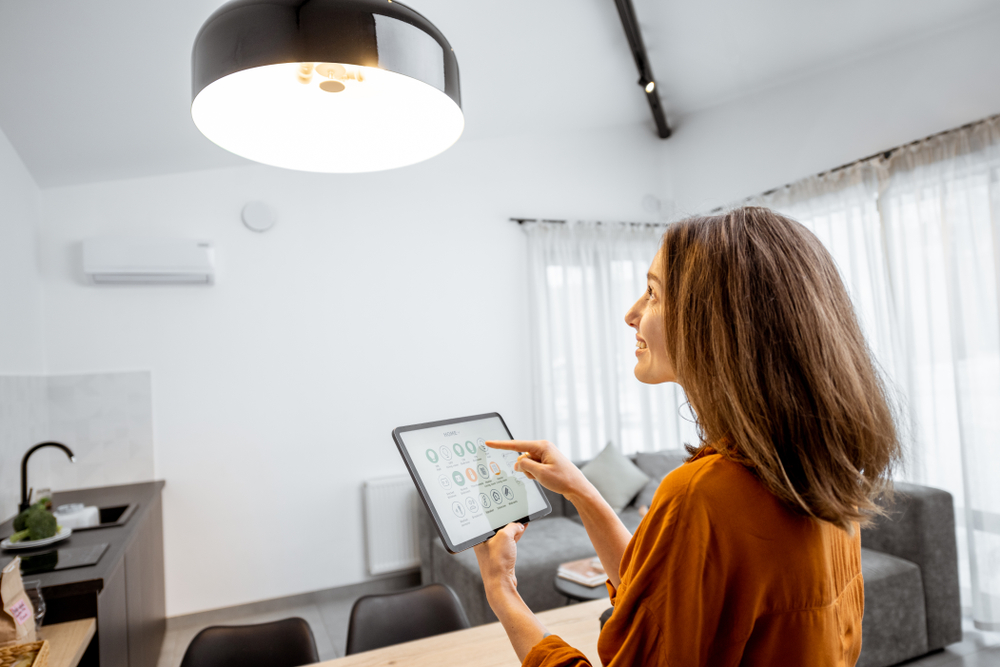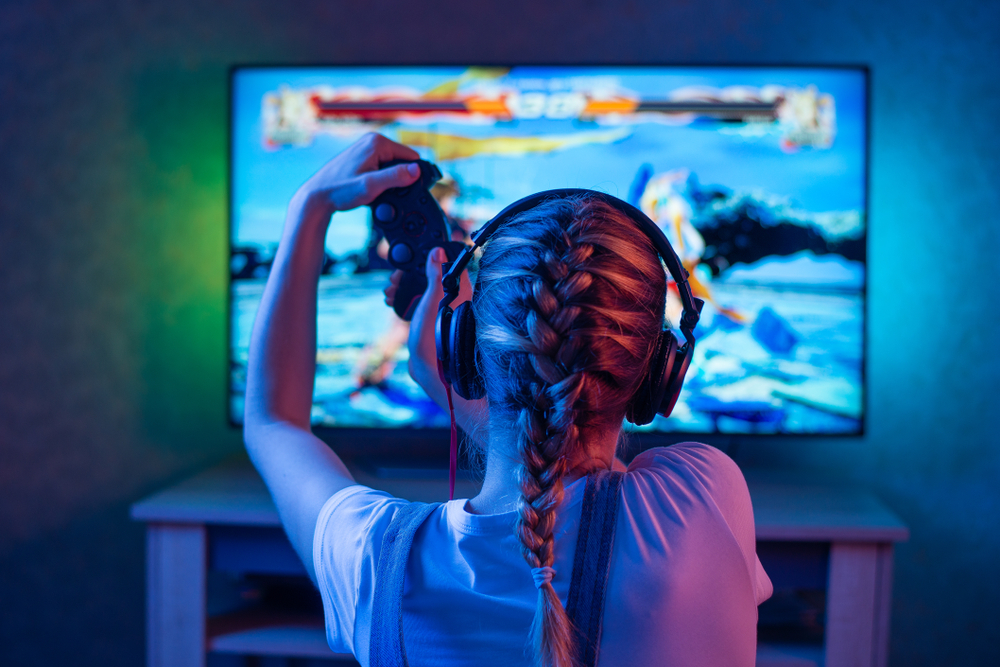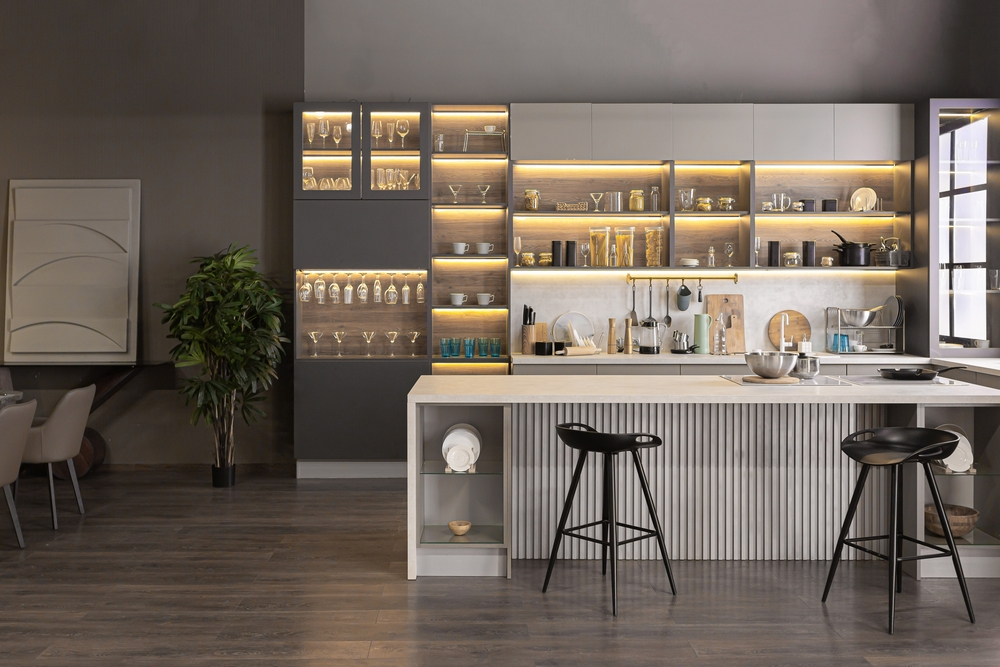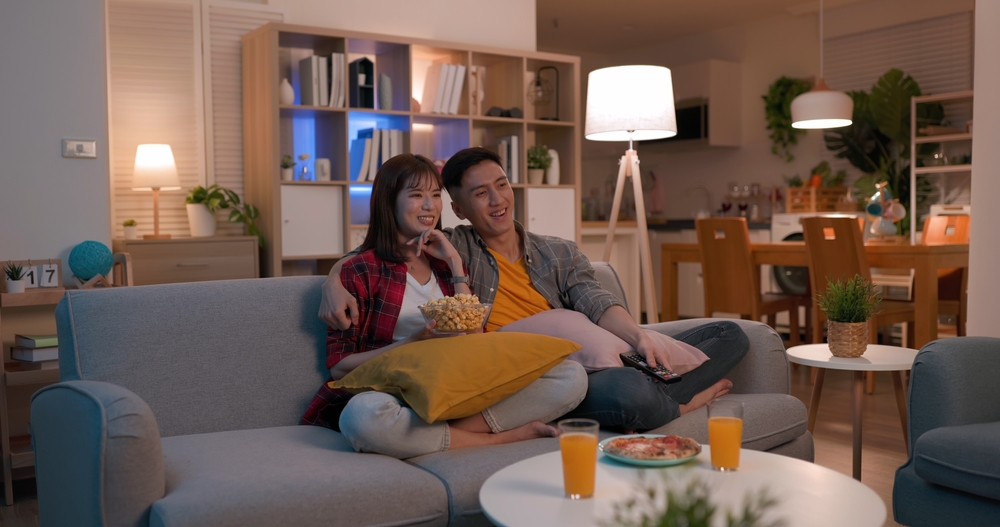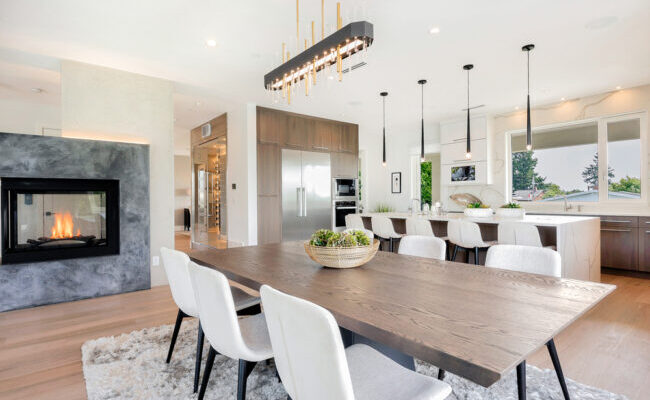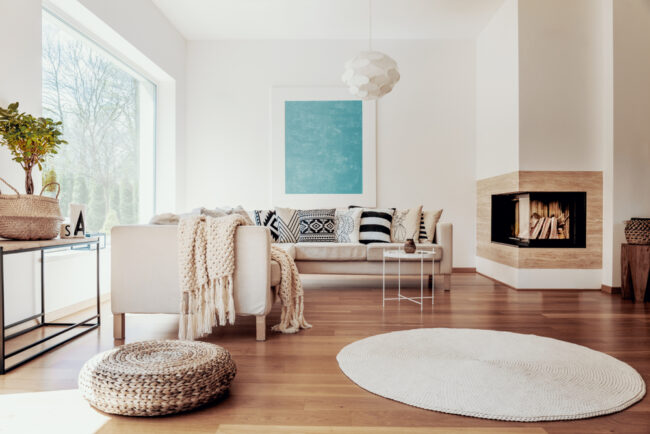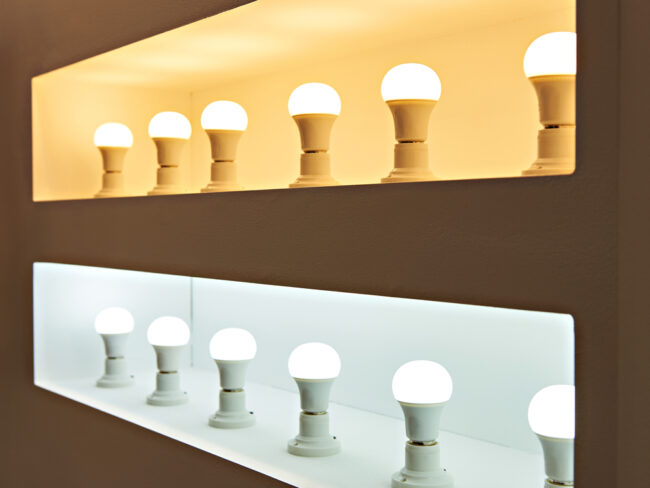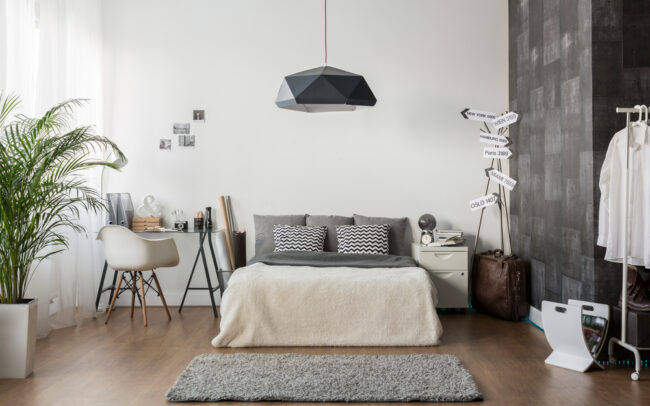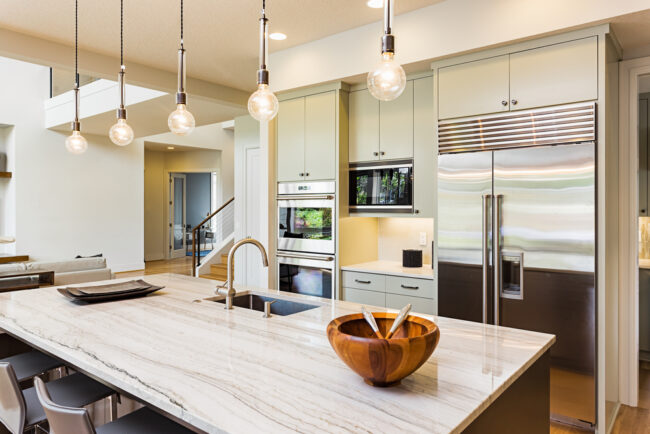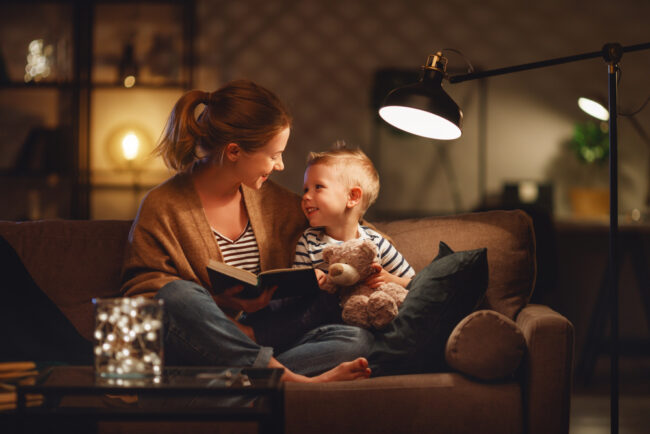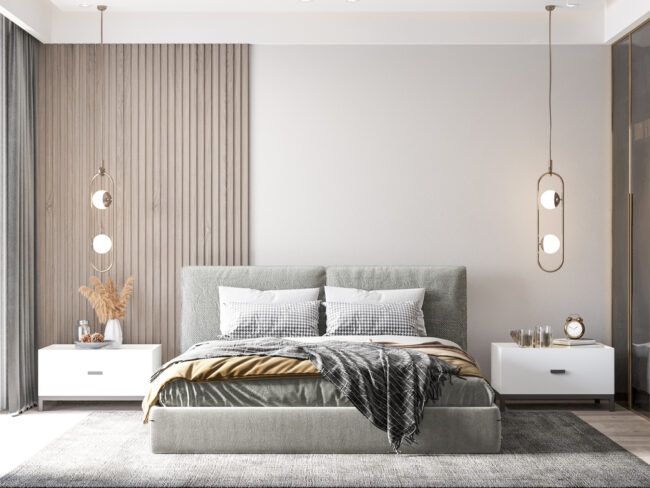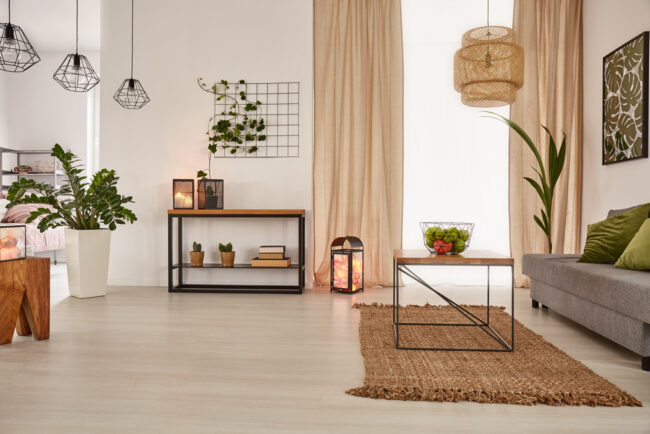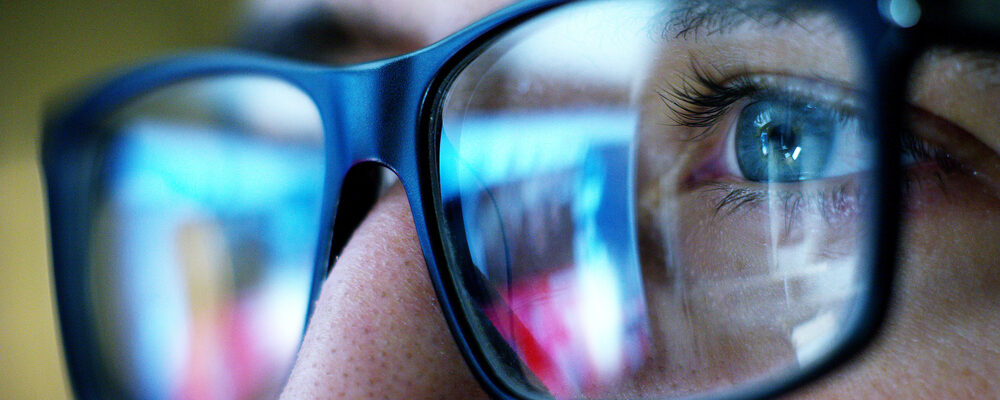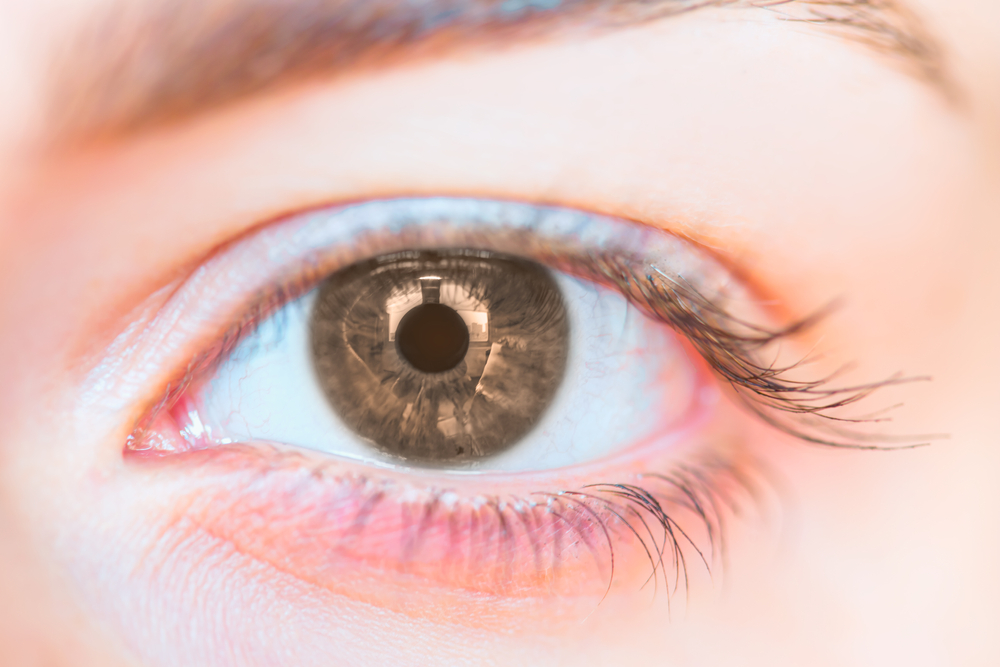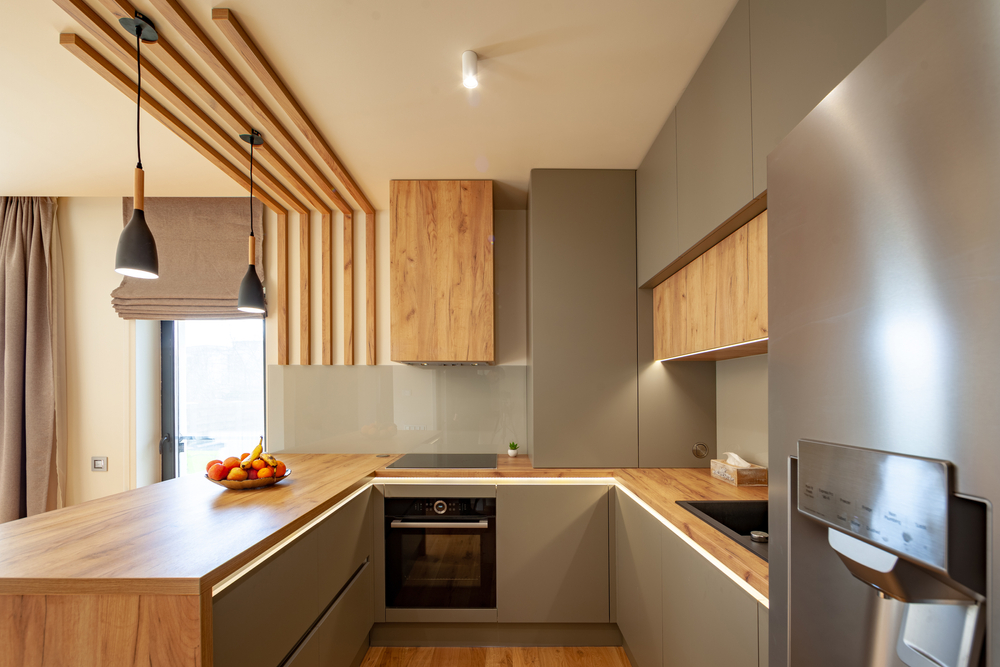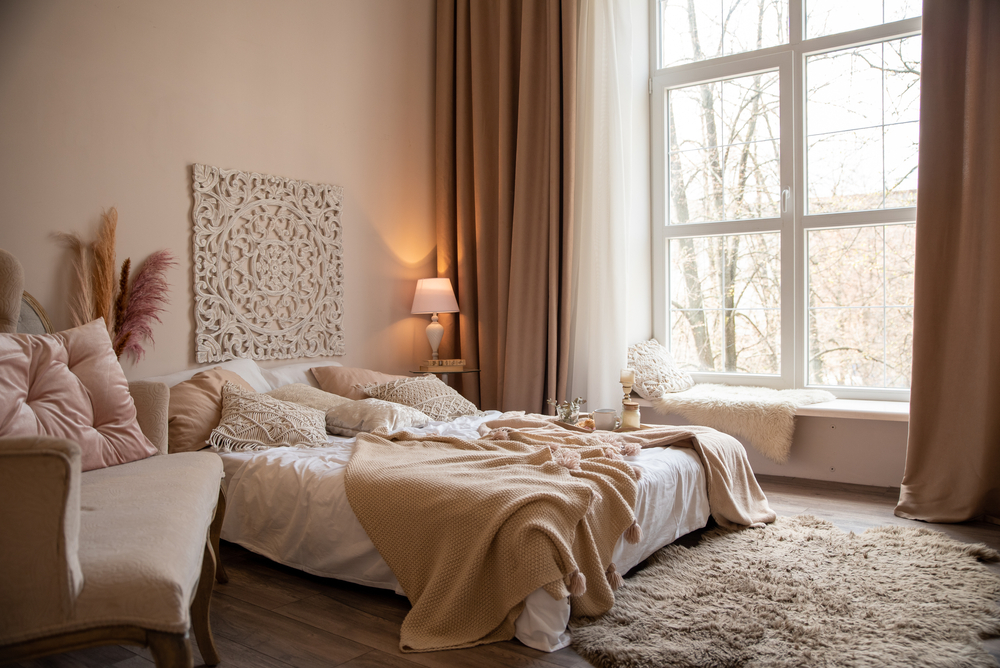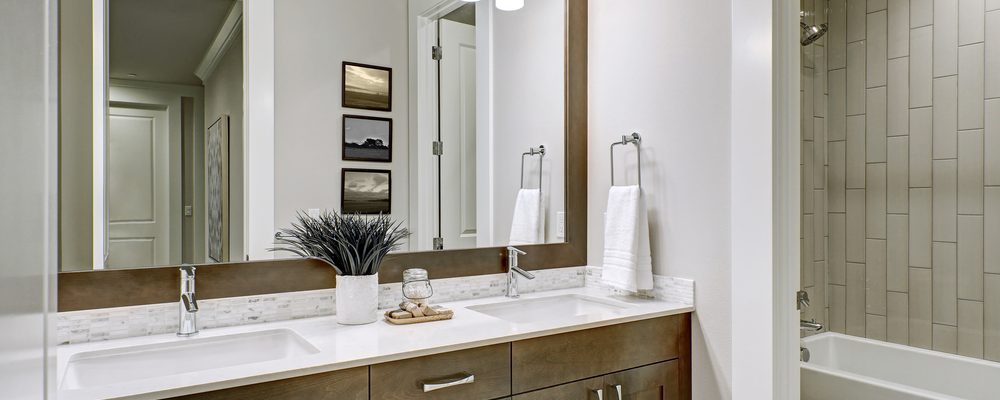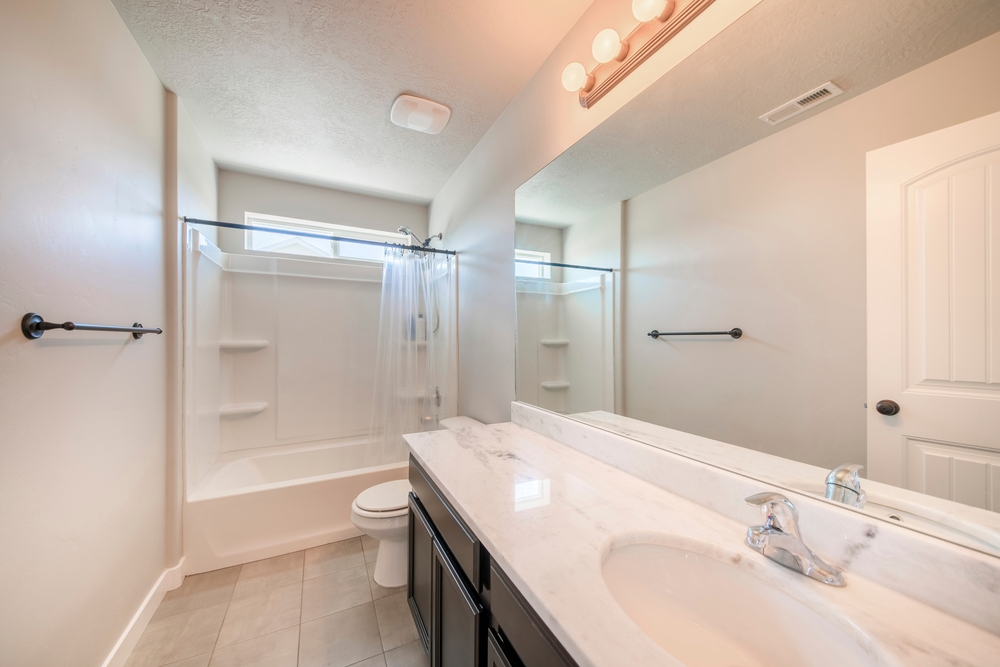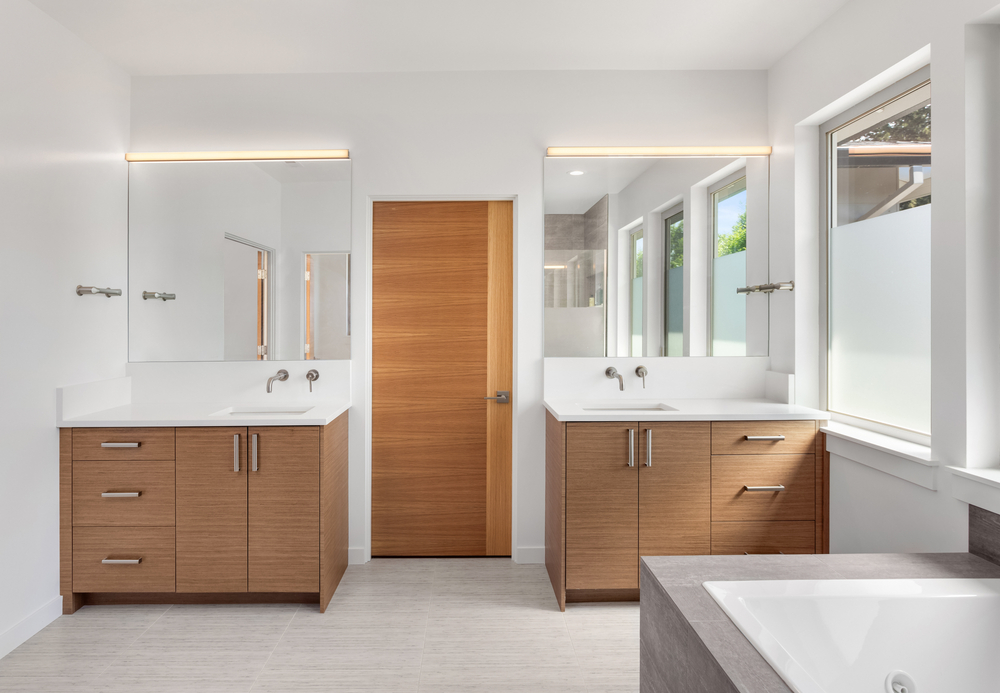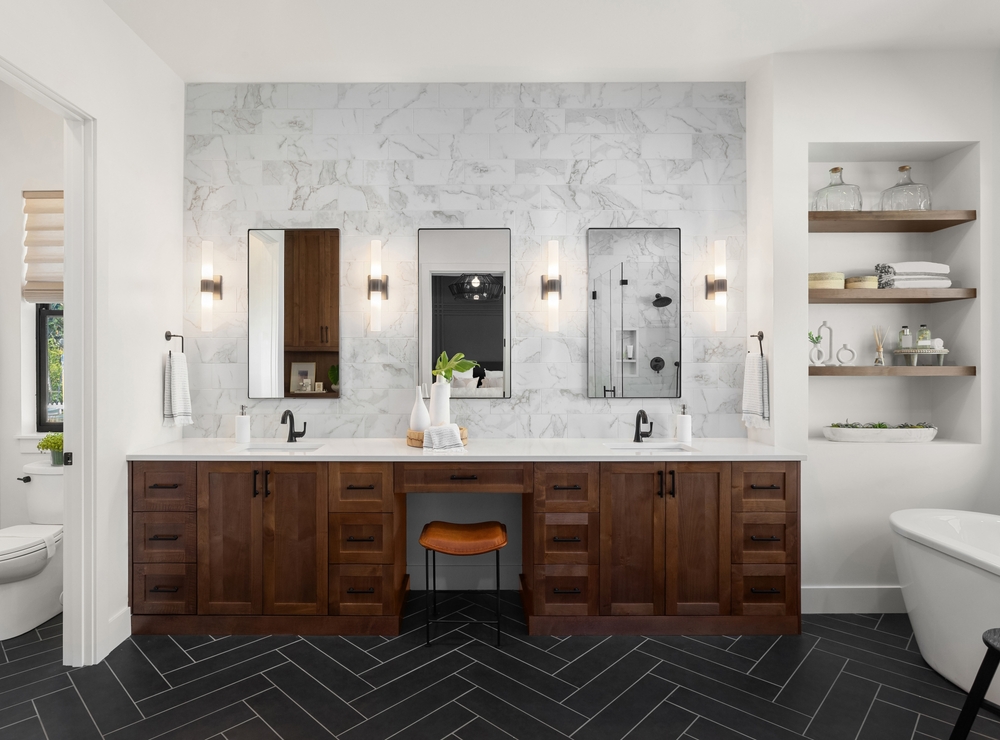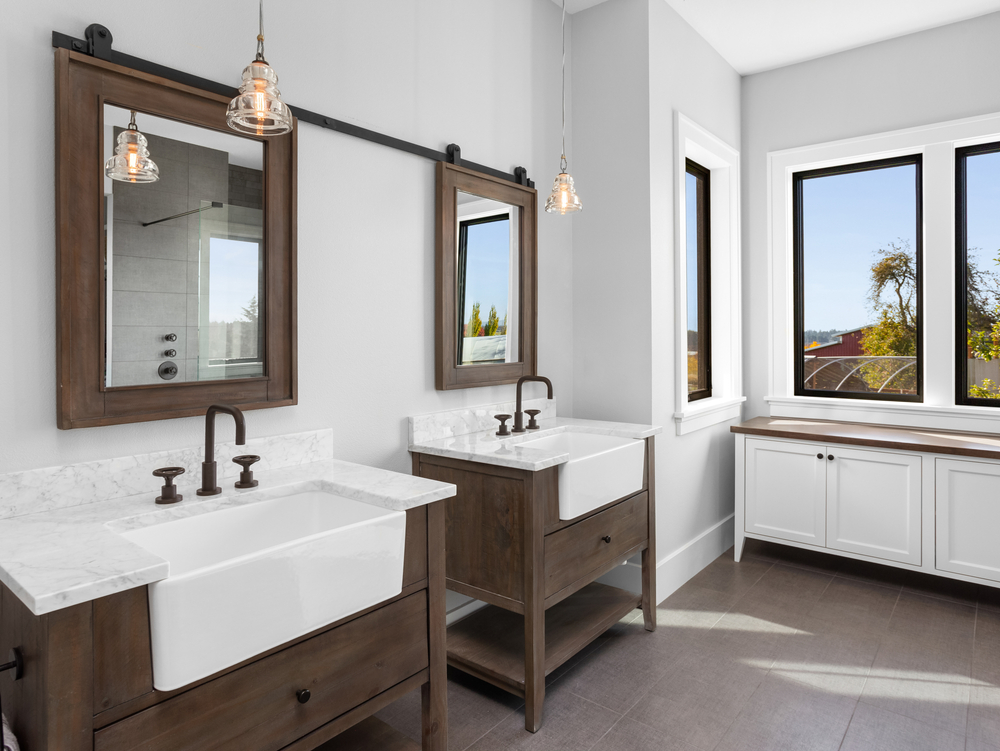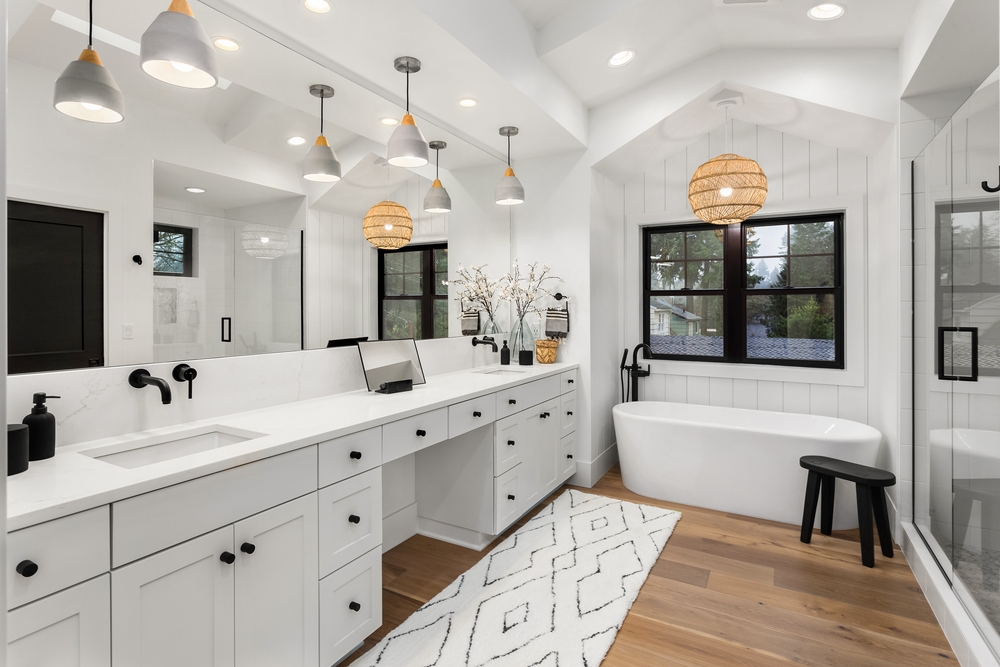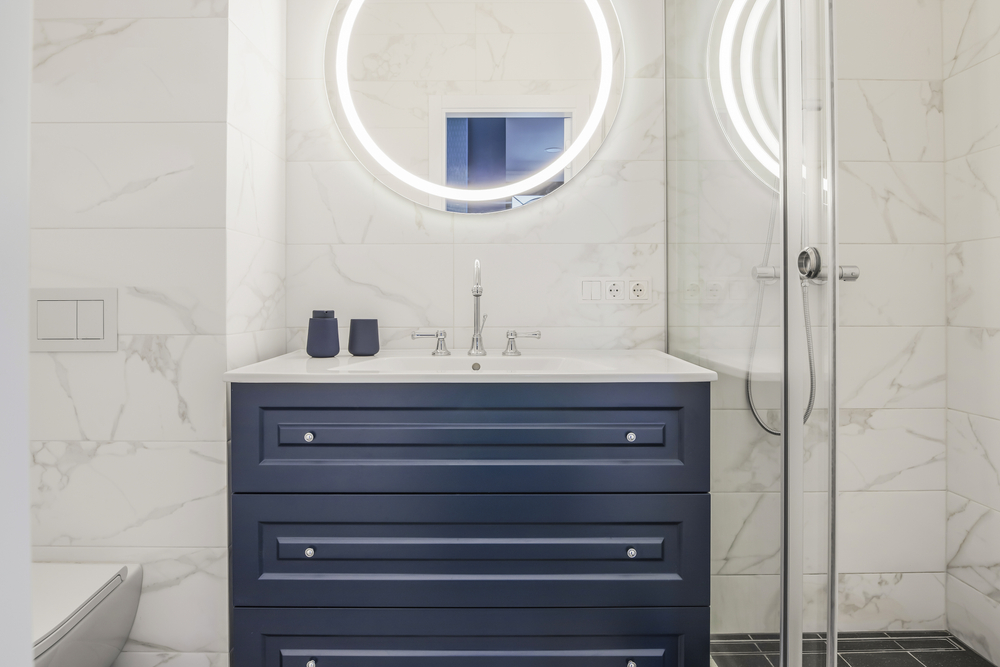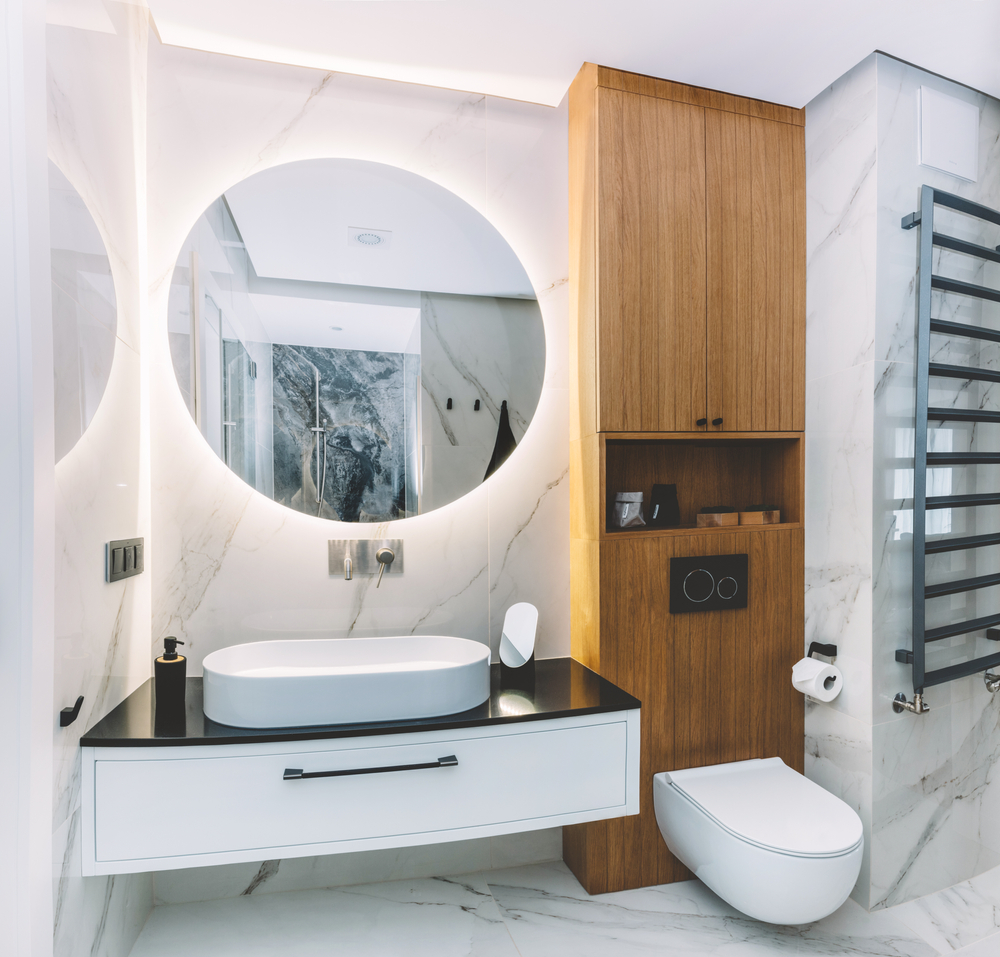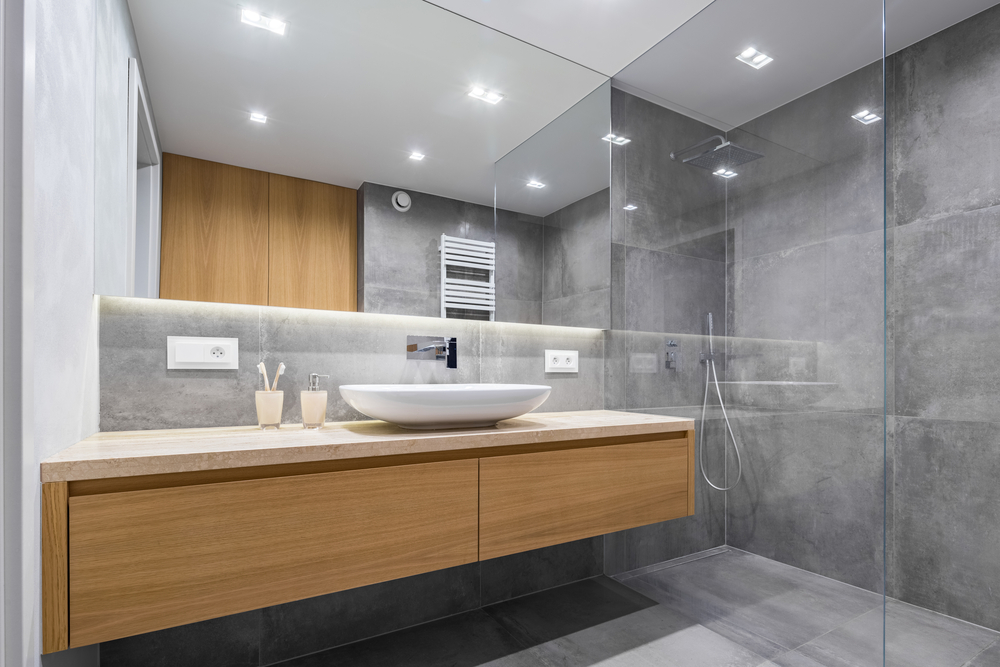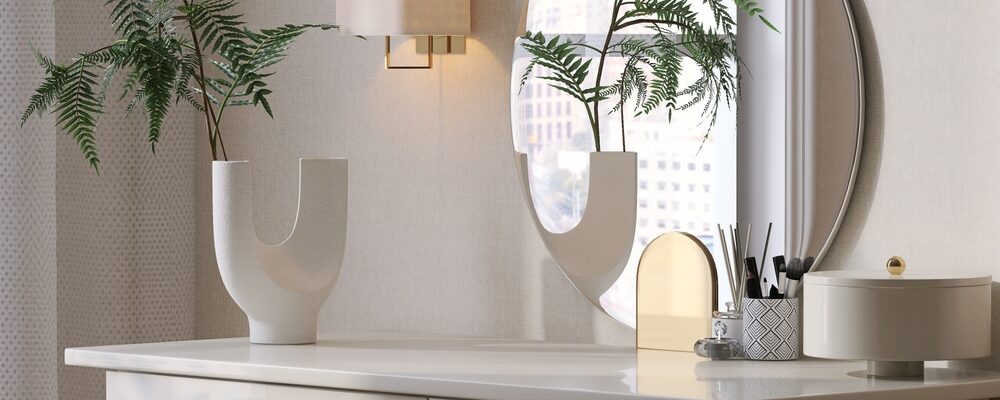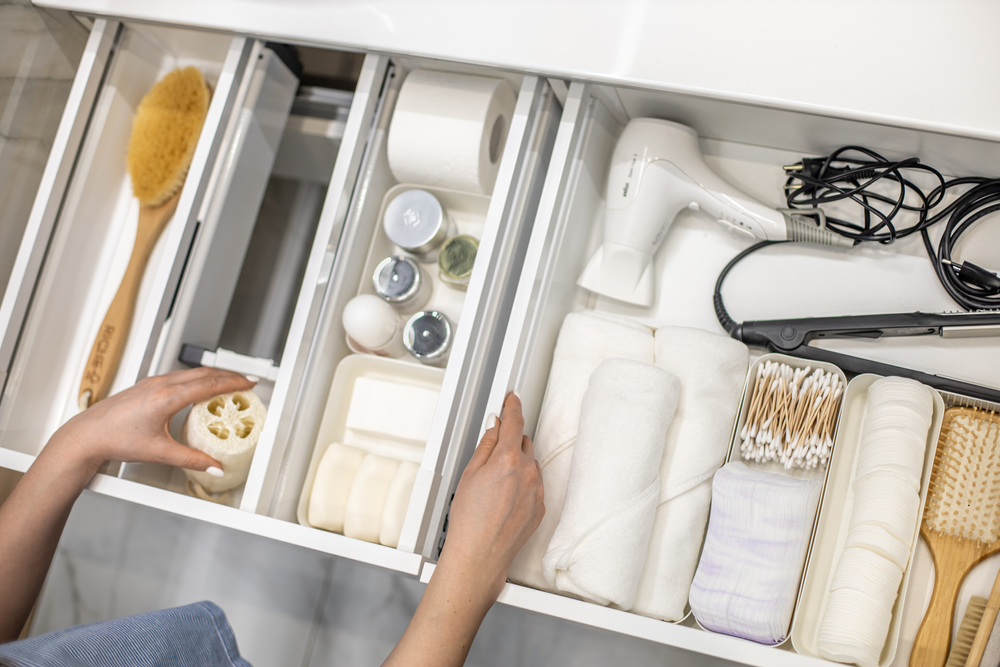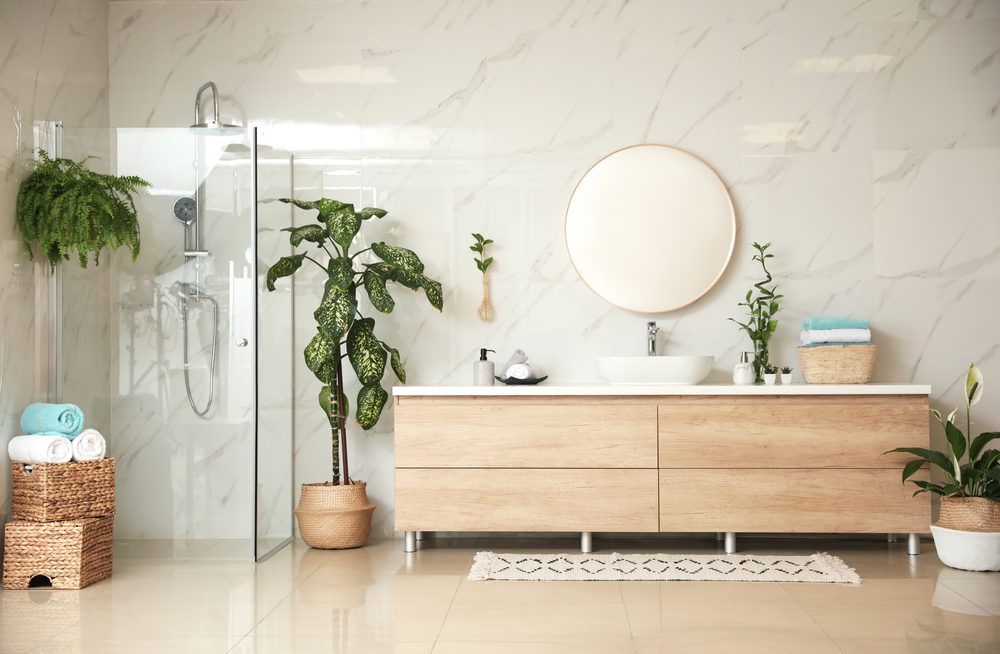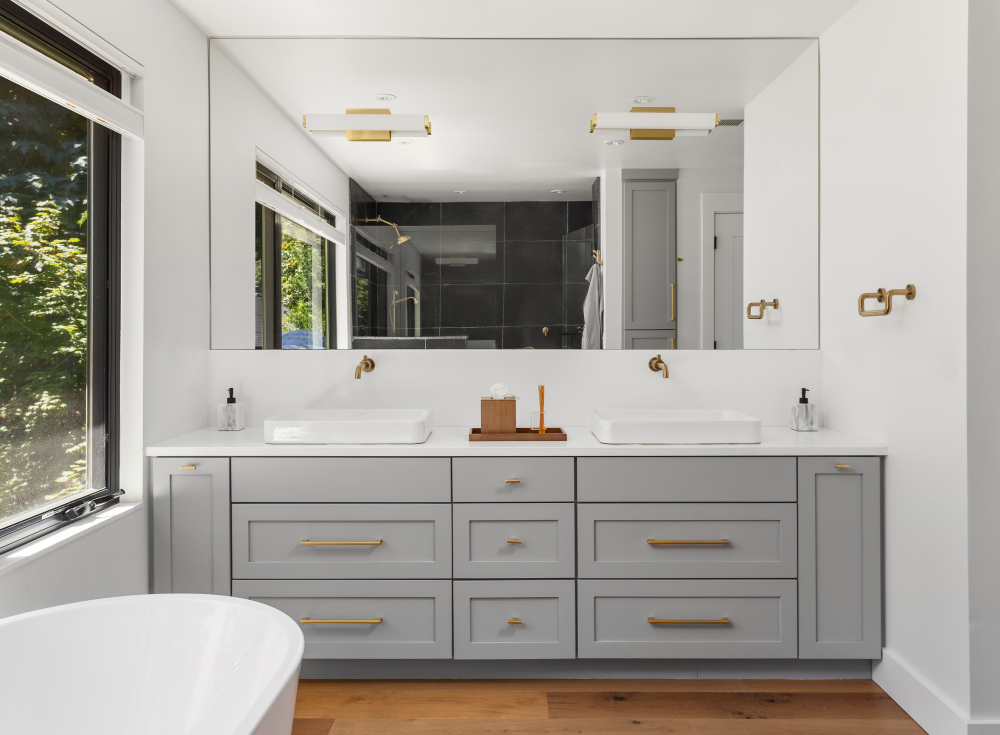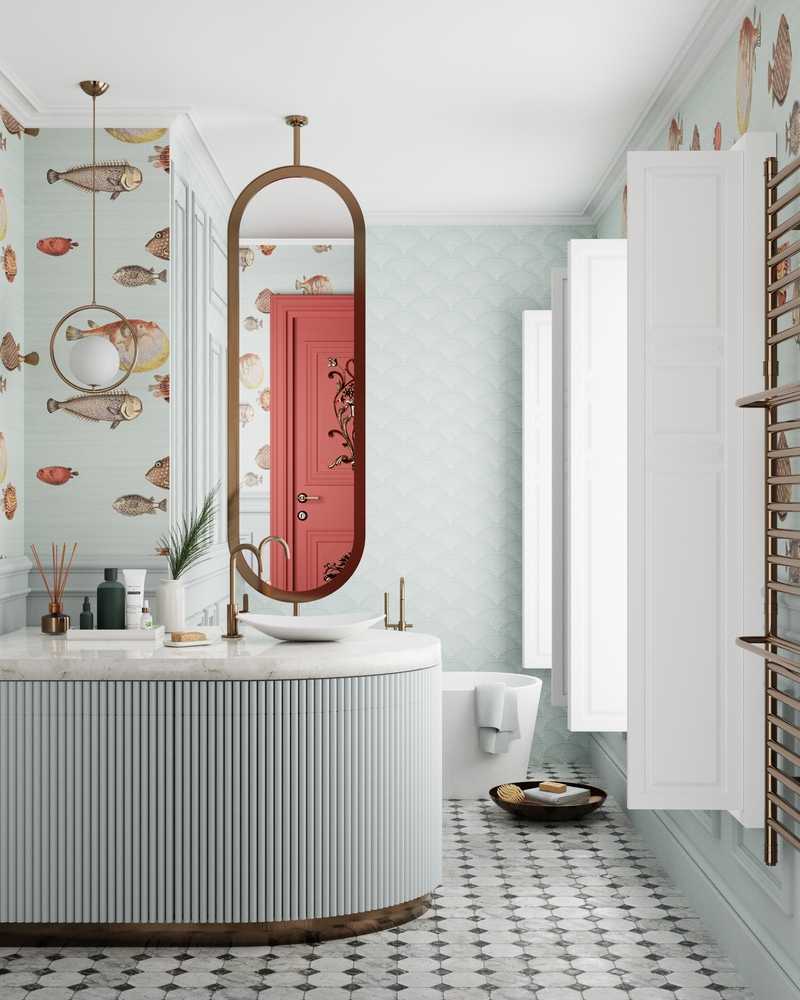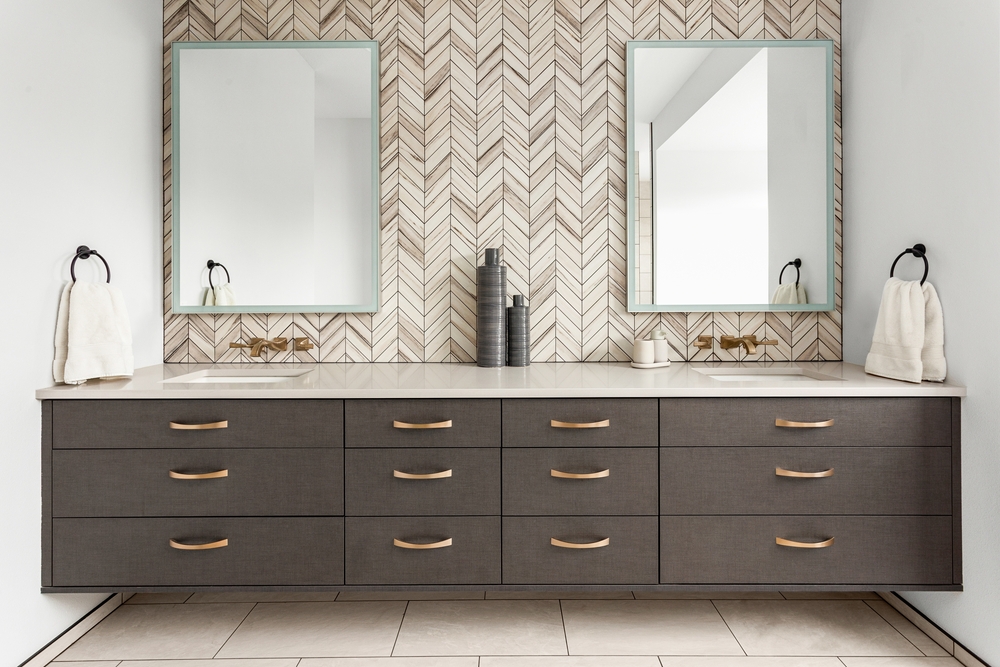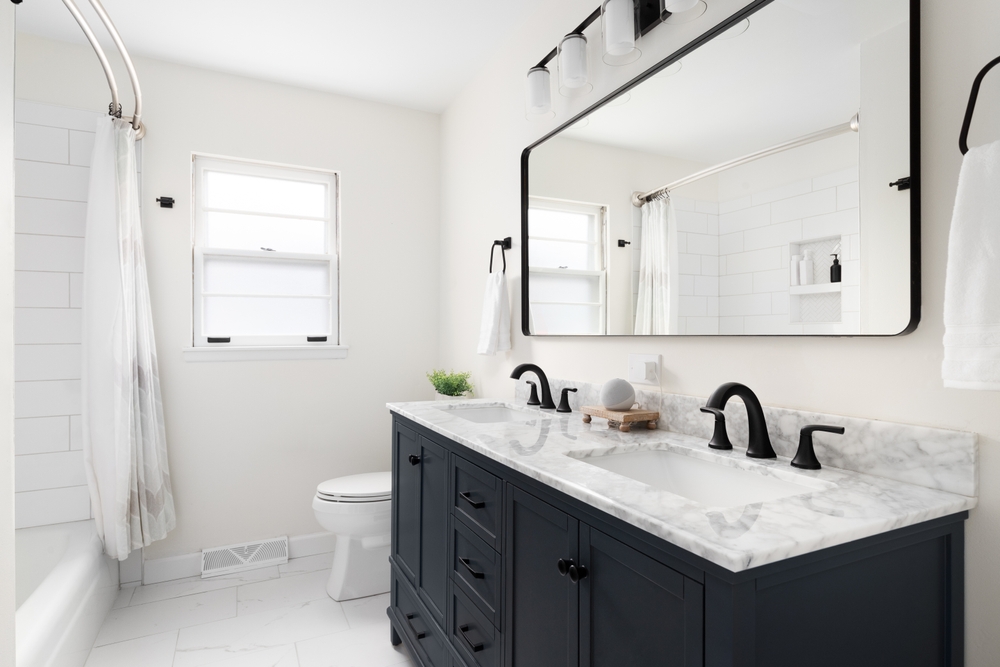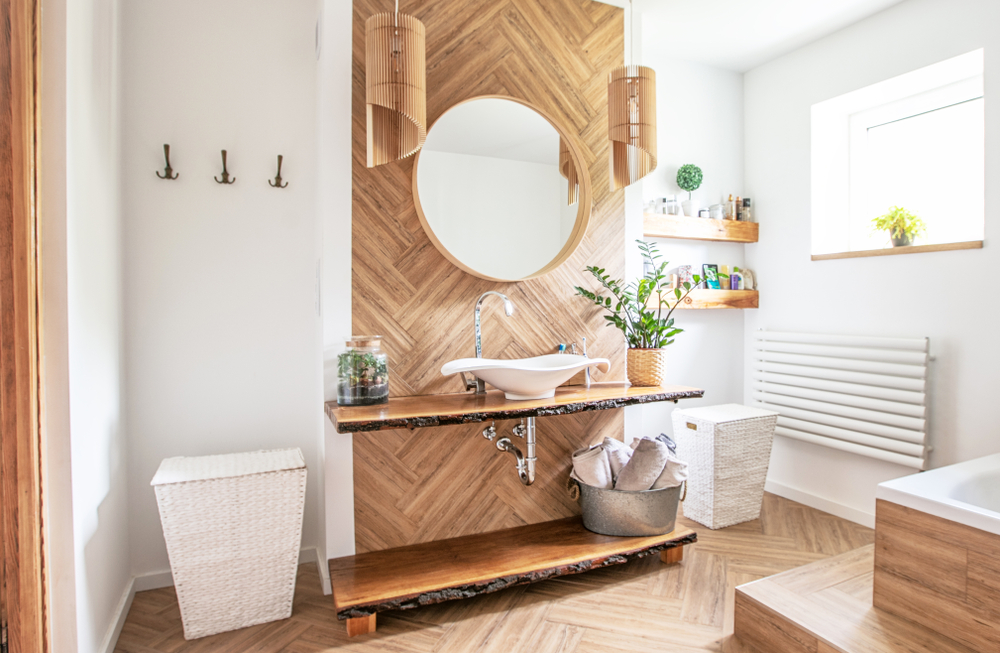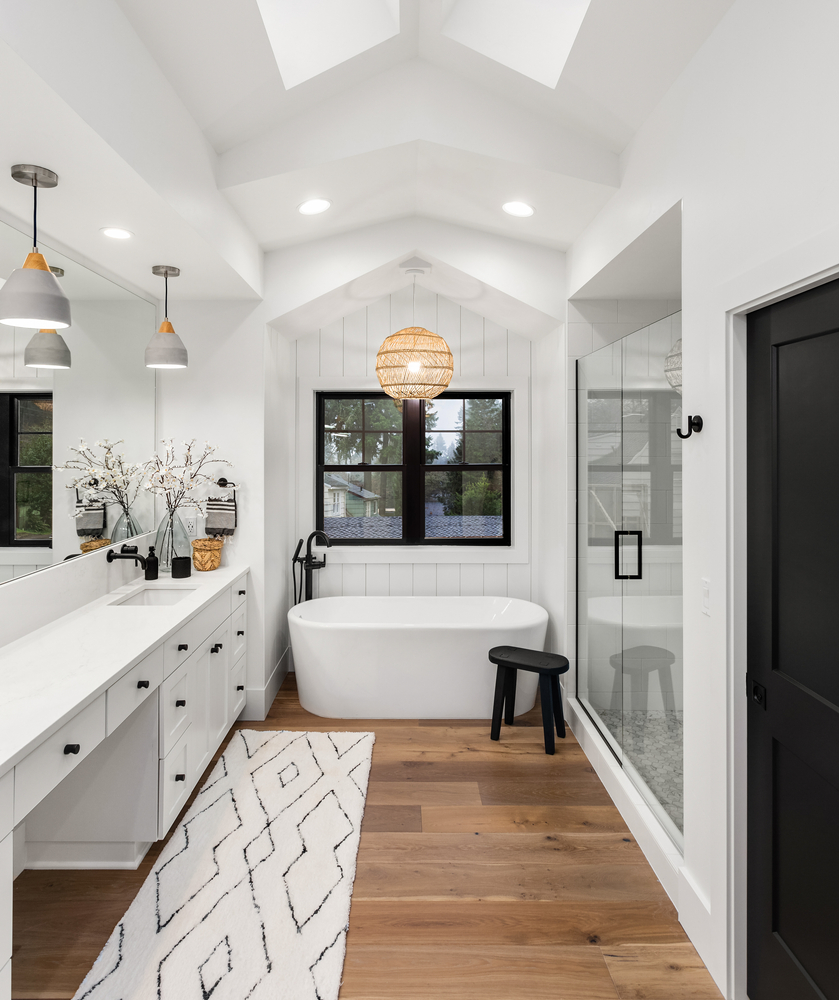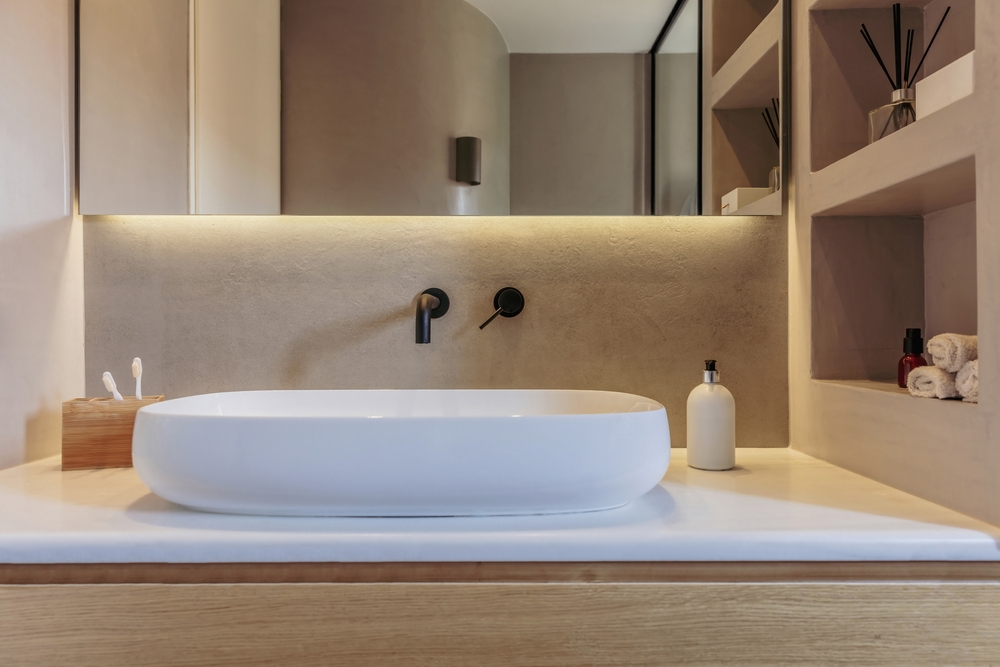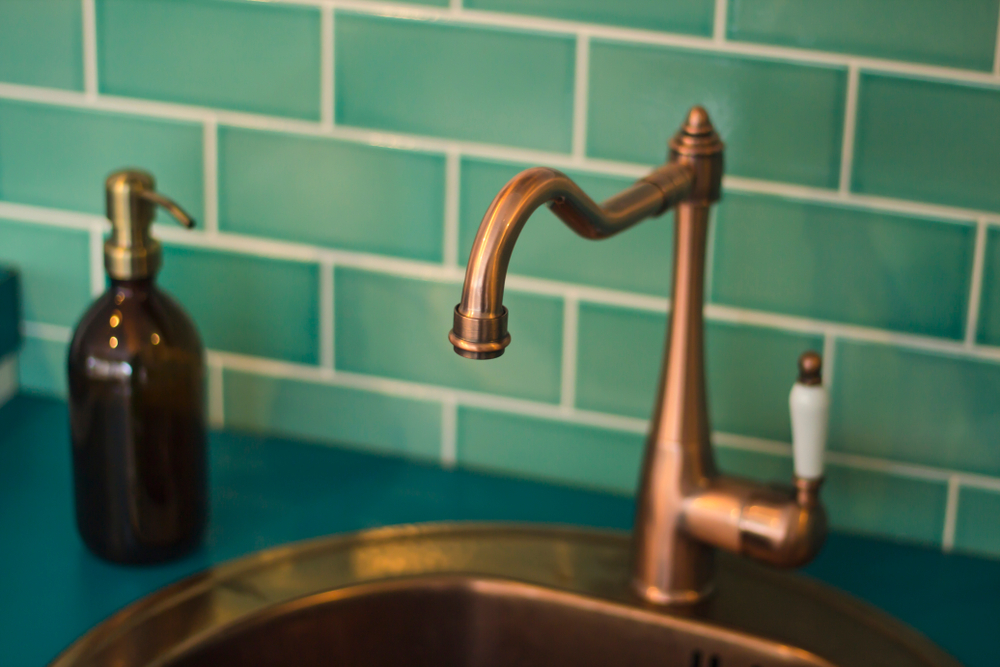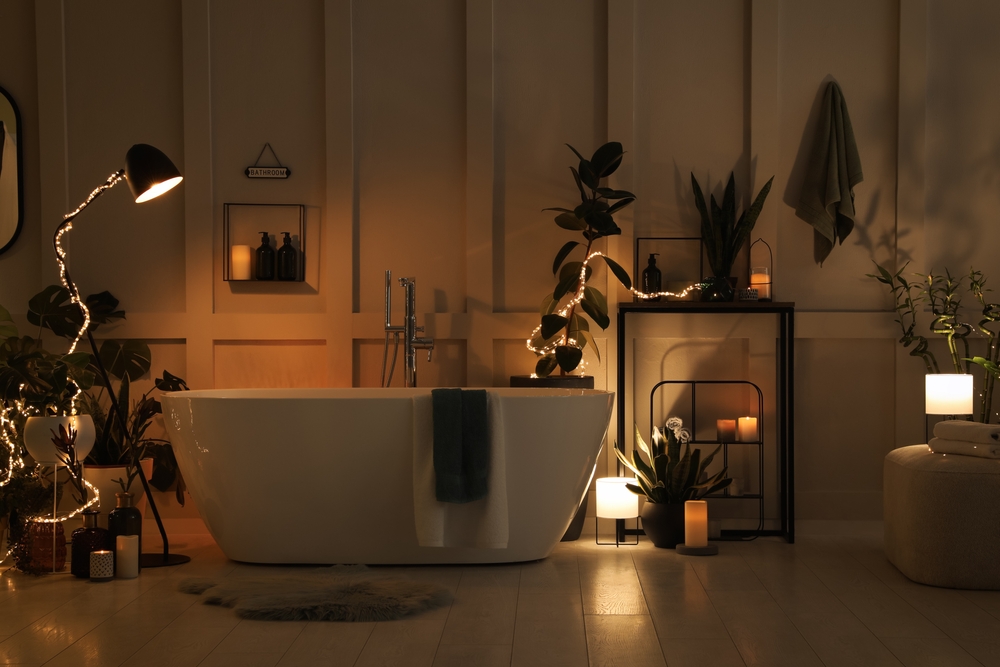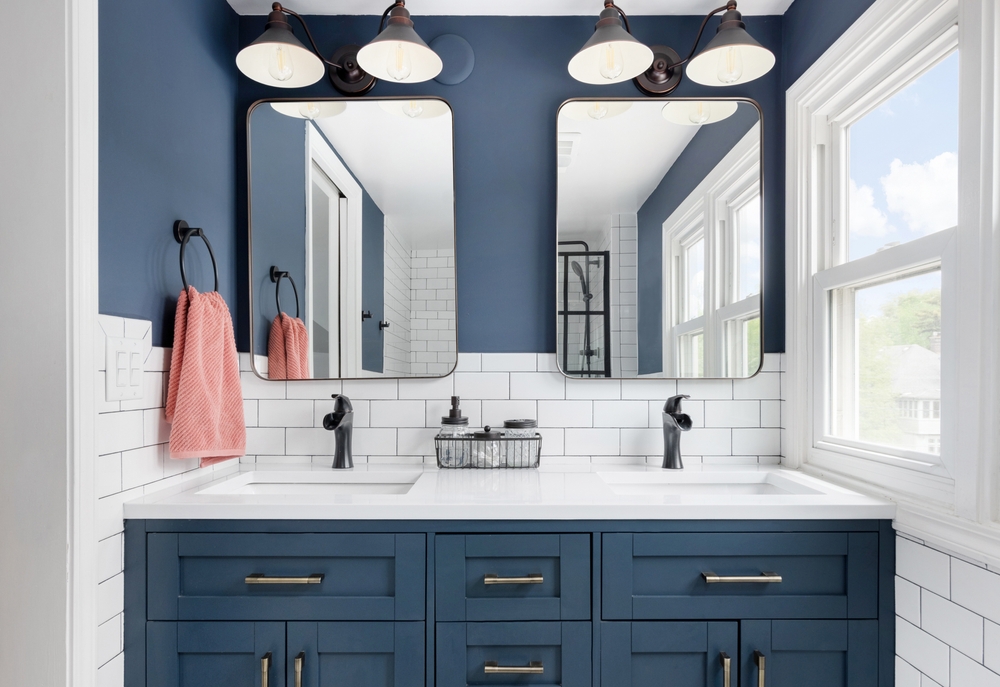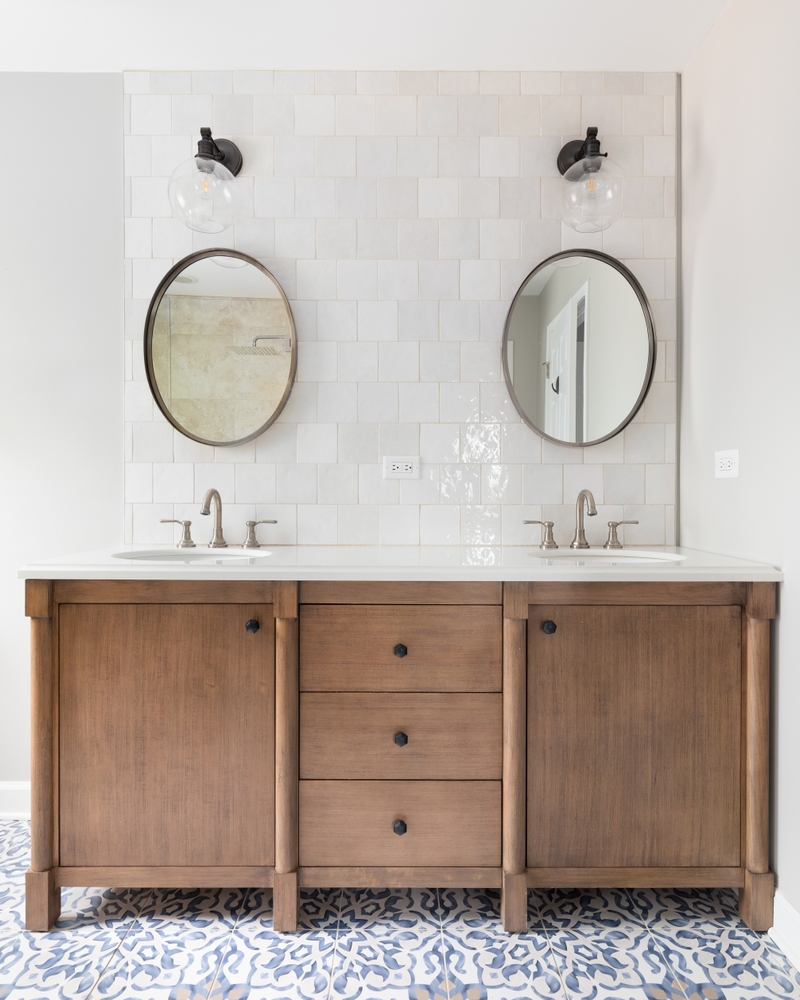Your home’s outdoor lighting makes your home safe, creates mood lighting, displays your personality, and more! And while there are many excellent ways to light your home’s exterior, there are so many ways to make mistakes.
Poor outdoor lighting might just make your home boring after sundown. But in other cases, improper outdoor lighting can create real hazards for your home!
We’re here to give you some advice from lighting experts. We’ll walk you through three of the most common outdoor lighting mistakes people make and how to avoid them. Then you’ll be able to safely enjoy your home at any time, in any season!
No More “Starry Night”

Have you ever looked outside in the countryside and noticed how many stars there are? Especially compared to when you’re strolling at night in the city? But, of course, it’s not because there are more stars in the countryside– it’s because all the city lights create significant light pollution.
Light pollution refers to the interference of electric light with natural light, like stars and the moon. If you use too much outdoor lighting, you may unintentionally worsen your view of the night sky.

Here are a few top ways to avoid putting out too much light and keep your nights starry:
- Use motion sensors or automated timers. One way to reduce light pollution is to only have the lights on when you need them. By using motion sensors or timers, you can keep your electric light to a minimum without sacrificing safety or functionality.
- Keep your lights relatively warm and dim. Bright lights emit a higher frequency of light, which leads to greater light pollution. Think of cities and how all those signs and street lights cause a haze. So, warmer, dimmer lights, like solar path lights and fairy strings, will help clear the air.
- Use downlighting. Downlighting is an excellent lighting technique that focuses light beams toward the ground. Try using lampshade sconces or other fixtures that concentrate light in a single direction. This strategy will allow you to light your yard while keeping the starry sky bright.
Can’t Take the Heat… Or Rain

Outdoor light fixtures and wiring must withstand water, ice, snow, wind, and animals. But not all fixtures are up to the task! Some homeowners simply pick a fixture or bulb they like without checking for outdoor grading. Using indoor grade lighting may get damaged by rain and snow or be vulnerable to animal teeth.
Carefully shop for fixtures and bulbs so you can balance your aesthetic with durable, quality equipment. When in doubt, try running over to your local light showroom for expert advice on a safe and beautiful home exterior.

Keep your outdoor lighting safe from the elements and pests:
- Use only outdoor grade fixtures, bulbs, and wiring. Read all instructions carefully to ensure that you’re keeping yourself (and your outdoor lighting) covered!
- Location, location, location. Pick strategic places for your lighting to reduce exposure and risk. For example, you can tuck them under eaves, keep them away from drainage routes, and leave lots of space between lights and trees.
- Inspect lighting regularly and after significant weather. Check on your outdoor lighting at least once a year to see if you can find damage or wire exposure. It’s also a great idea to do a quick check if you have a severe storm!
Leaving Things “Plain Jane”

While the house in this picture seems beautiful, we’re not really sure because all of its features are hidden in the dark. But your home shouldn’t become “Plain Jane” just because the sun went down! That means you’ll need to add more lighting than what you’re getting with the house from the builder.

Let your home’s personality shine around the clock by:
- Using enough light sources. Interior design recommends using 5-7 light sources per room. You can use the same principle for your home’s exterior! Your standard porch and garage sconces will only cover half your lighting needs. Don’t want to install fixtures on your home? Try using ground light sources like LED pucks or ground lamps!
- Create a story. Lighting lets you say more about your style– are you classic, magical, or dramatic? What about luxurious, mysterious, or modern? The outdoor lighting you use will help you create a unique view of your home, even in cookie-cutter developments.
- Incorporate safety. Start with walkway lamps, lighting stairs, or highlighting danger zones like pools or ponds if you’re having trouble knowing where to begin your outdoor lighting upgrade. Then you’ll cover the essentials and add some personality too!
Special note: Dressing up your home with light often creates light pollution. So keep your balancing act in mind if you’re a regular star gazer, and ensure that you can easily control when your decorative lights are on. Your local lighting showroom is a great resource for tricks to balance opposing needs!
Need Help?
Proper lighting is essential to a fully functioning home– but it can be challenging to nail balanced brightness, great fixtures, and a budget! Contact the experts at Lit Living for advice on your project!
